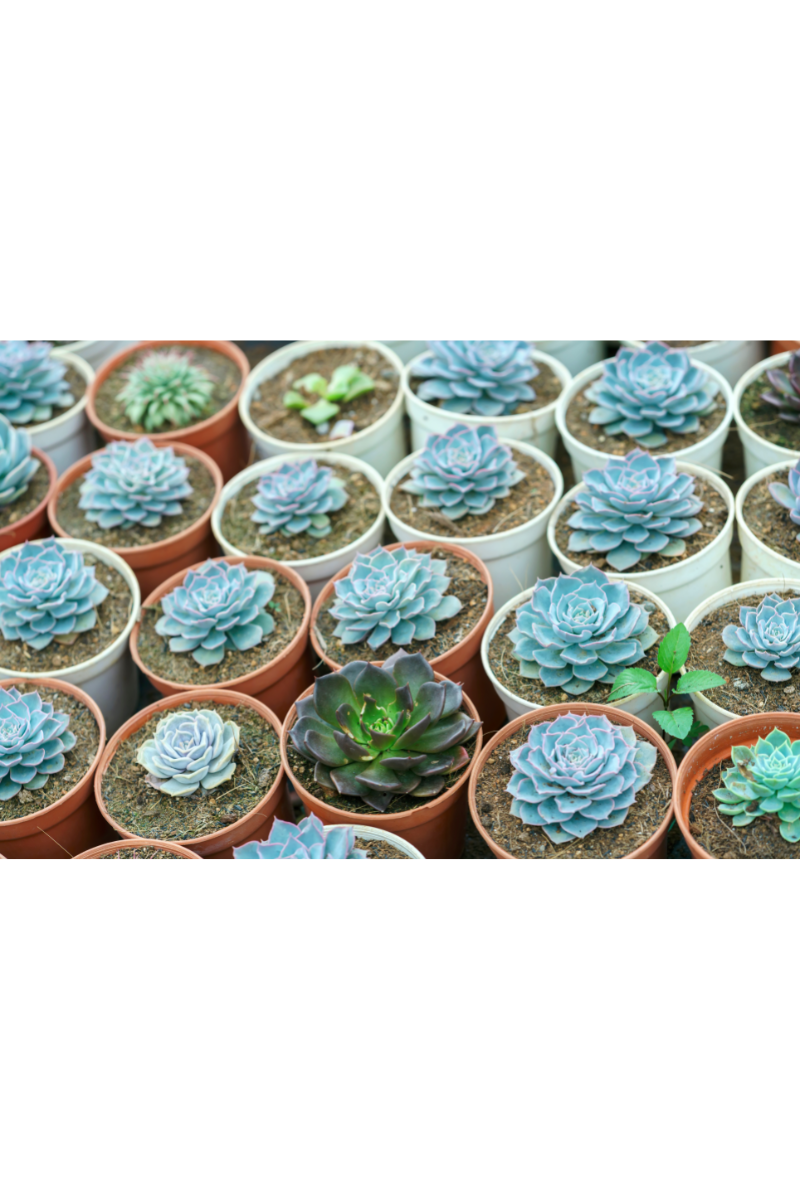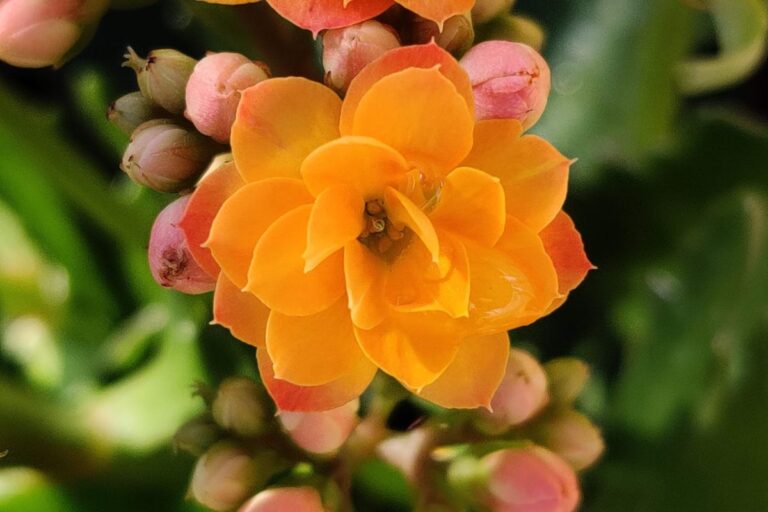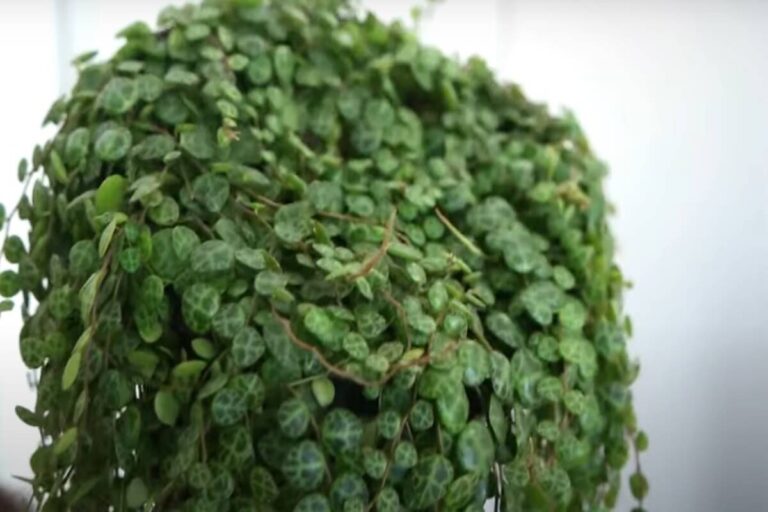How to Plant Succulents in a Pot?
Succulents are plants with greenish, fleshy, and thickened leaves. Succulents are full of attraction. Succulent plants are famous for their low maintenance; they require less watering than your average house plants. Due to their moisture-storing capacity, they are worth planting indoors in pots. In this blog post, we’ll cover everything you need to know about how to plant succulents in a pot.
Benefits Of Planting The Succulents
If you want to grow your green thumb, succulents are a great choice.
Succulent plants can store water in their fleshy leaves, stems, and roots. This moist storing capability enables them to resist drought.
You can enjoy a weeklong summer vacation without worrying about watering the plants.
Common Varieties Of The Succulent Plants
There are thousands of succulent varieties. It is hard to identify their precise number.
Some common varieties of succulent plants include:
- Aloe Vera
- Snake Plant
- Jade Plant
- Haworthia
- Zz Plant
- Sedum
- String of Pearls
- Sempervivum
- Peperomia
- Hoya
- Echeveria
- Kalanchoe
- Dracaena
- Gasteria
- Euphorbia
- Ice Plant
- Moonstone plant
- Agave
- Opuntia
How Do You Know What Kind Of Succulent You Have?
Since there is a vast variety of succulents, it is difficult to determine which kind of succulents you have. It is best to use Google Lens or the Blossom Plant Identification app for recognizing succulents.
What Type Of Succulent Plant Is Right For You?
You should select and plant a succulent in an environment where it can grow best. The needs of individual succulents vary due to their different genera.
If you need indoor succulents, plant the Haworthia.
If you’re searching for a snow-loving outdoor succulent, consider Sempervivum.
But if you require a heat-loving succulent, start with Opuntia or agave.
When To Plant Succulents?
There is no exact answer to this question. The ideal time to plant succulents can be different depending on the environment you live.
If you live in a hot region, you may need to plant your succulents in the spring so they can get developed before the hot summer sets in.
On the other hand, if you are residing in a cold region, you may wait until fall to plant your succulents so they can adapt to the change in the climate.
It is best to consult a local nursery or a gardening center to determine when to plant succulents in your area.
Which Type Of Soil Is Required To Plant Succulents?
Succulents thrive best in porous sandy soil that supports water drainage. Overwatering is the number one cause of the destruction of succulent plants; choosing a well-draining soil mix is crucial to prevent overwatering.
How To Plant Succulents?
Propagating Succulents
The term ‘Propagate’ means to take a piece of an adult succulent plant and grow a new plant through that piece. There are three ways in which succulents propagate:
- Propagating succulents from seeds
- Propagating succulents from leaves
- Propagating succulents by cutting the stem
Propagating succulents from seeds
This method is perhaps the slowest way to grow succulents. Usually, the seeds can be seen at the base of the succulent flower. Either you collect the seeds or buy them from the nursery, use dry seeds in early spring to propagate before winter comes.
The process is as under:
Step#1
Prepare a shallow container with soil mix and water it consistently.
Step#2
Now soak the seeds for 30 minutes in warm water to hydrate them until they soften.
Step#3
Scatter the seeds in the pot. Be sure to maintain the distance among these seeds to allow for better growth.
Step#4
Now hide the seeds with fine sand and soil mix. But don’t bury them too much.
Step#5
The seeds germinate in two weeks. Water it daily with the help of a spray.
After six weeks, you will have to water them after every two days.
Propagating succulents from leaves
The propagation of succulents from leaves consists of plucking or cutting a healthy leaf from a mature succulent plant and growing a new plant using it. But this method works only with those succulents having thick leaves like Echeveria.
The process is as under:
Step#1
Either remove a whole leaf from a mature succulent plant with the help of a knife or pluck the leaf without leaving a piece stuck to the mother plant.
Step#2
Once detached from the mother plant, let the plucked leaf heals its wound. So keep the leaf in a place where it receives indirect light for 2 or 3 days.
Now prepare a pot with a mixture of soil, water it, and leave the leaf on top without burying it.
Step#3
Using a spray bottle, sprinkle water over the leaves when the soil is dry. Don’t let the newly planted succulent leaf receive direct sunlight. Keep the leaf in a warm place with lots of indirect sunlight.
Step#4
After four weeks or so, small leaves and roots will appear. The mother succulent leaf will change its color after eight weeks. It means new leaves have taken all the nutrients from the mother leaf.
Now it’s time to transplant it into the final pot.
Propagating succulents by cutting the stem
This method works well with plants having branches or a long stem.
The process is as under:
Step#1
Choose a relatively short stem of any active and healthy succulent plant. Pluck the stem from the base as closely as possible.
Step#2
Place the plugged stem directly into the pot with the potting soil. The cuttings need not be buried deeply. Just dig a small hole and place the cuttings inside it.
Step#3
Just wet the surface of the soil for 3 to 5 weeks. The cutting stem will begin to grow. Make sure to get the plant receives plenty of indirect sunlight.
What Type Of Container Is Best For Succulents?
Terracotta or Ceramic pots are considered best for growing succulents as they support proper drainage. Place the ceramic pots indoors.
Do Indoor Succulents Need Direct Sunlight?
For all plants, sunlight is an essential part of their photosynthesis process. Typically succulents grow in a sunny and hot environment; be sure they get enough light when you bring them indoors.
Most succulent plants require direct sunlight for at least six hours. But if your succulents are getting pale or yellowish-green, place them indoors having indirect light.
How To Care For The Frostbitten Succulents?
Some species of succulents have no frost tolerance, and their leaves get affected by consistent freezing temperatures.
If you have frostbitten succulents, you should remove their damaged part and wait for two or three days before watering.
Once the affected part is bit recovered, water it sparingly and wait for another 4 to 5 days before watering again. It is best to keep the succulent indoors if it is not frost resistant.



